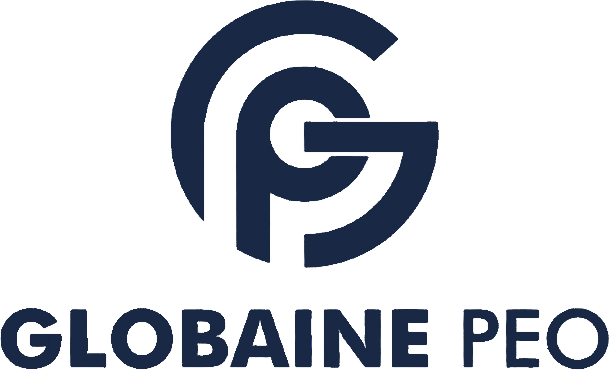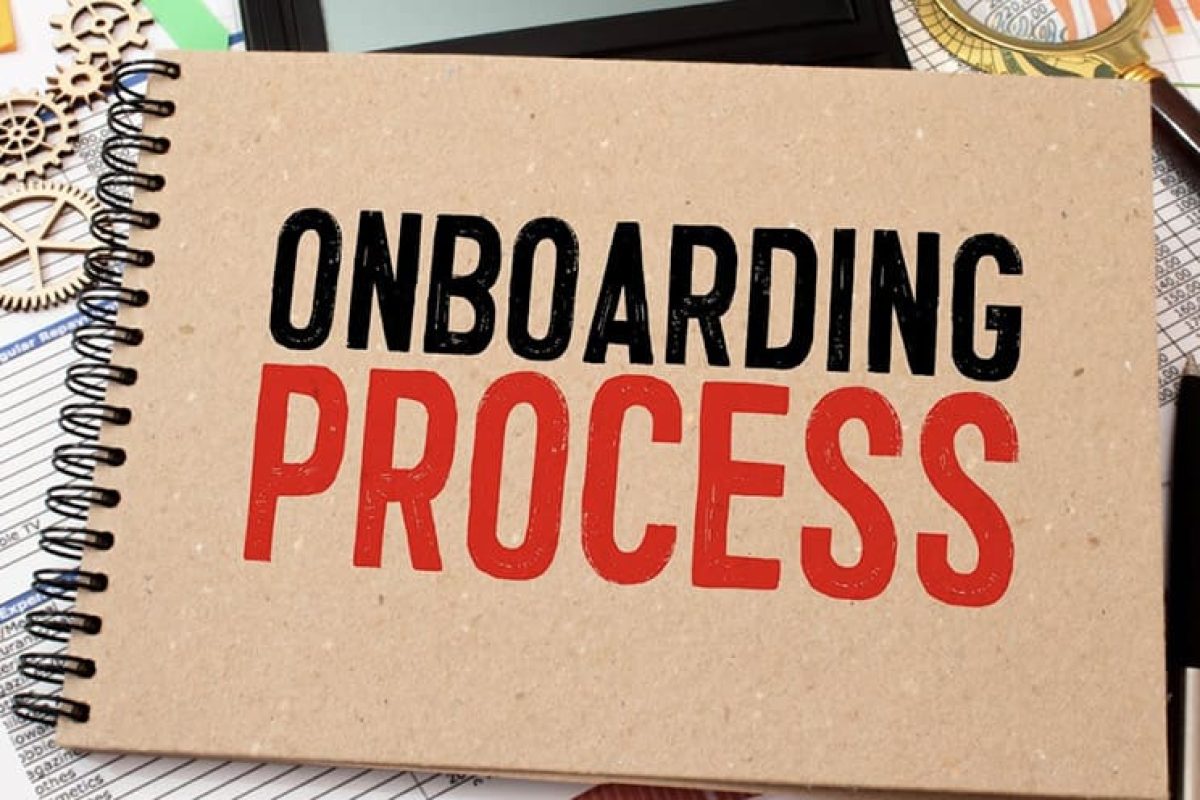Expanding your business into Vietnam requires meticulous attention to local labor laws and onboarding requirements to ensure compliance and foster positive employee experiences. Here’s a guide to the essential documents and steps involved in onboarding employees in Vietnam.
Onboarding Process: Step-by-Step Explanation
Step 1: Job Offer and Acceptance 📩
Trigger: After identifying and selecting the ideal candidate.
Action:
- Job Title: Clearly state the employee’s position and reporting structure.
- Compensation: Outline salary details, bonuses, and any additional incentive plans.
- Start Date: Provide a clear and agreed-upon start date.
- Working Hours: Specify expected working hours, including any overtime or flexible work policies.
- Benefits Overview: Include health insurance, social insurance, and any additional employee benefits.
- Probation Period: State any probationary period (typically up to 60 days for most positions in Vietnam).
Outcome: Once the offer is accepted, move forward with drafting the employment contract.
Step 2: Employment Contract 📝
When It’s Used: Immediately following offer acceptance.
Action: Draft a formal employment contract, adhering to Vietnamese labor laws. Include:
- Job Description: Define the employee’s role, responsibilities, and key performance expectations.
- Compensation Details: Specify base salary, bonuses, allowances, and any applicable overtime pay rates.
- Leave Entitlements:
- Annual Leave: A minimum of 12 days per year, increasing with years of service.
- Public Holidays: Vietnam observes 11 national holidays annually.
- Sick Leave: Paid leave based on contributions to social insurance.
- Parental Leave: Maternity leave of six months; paternity leave varies from 5 to 14 days.
- Working Hours: Typically 8 hours per day, 48 hours per week.
- Termination Conditions: Specify notice periods and reasons for termination.
Outcome: Both parties sign the contract, formalizing the employment relationship.
Step 3: Tax and Social Security Registration 💰
When It’s Used: Prior to the employee’s start date.
Action: Register the employee with Vietnam’s tax and social security systems:
- Social Insurance Enrollment: Mandatory contributions for health, unemployment, and pensions.
- Tax Code Registration: Obtain a personal tax code for proper tax withholding.
- Employer Contributions: Ensure compliance with contributions for social insurance (17.5%), health insurance (3%), and unemployment insurance (1%).
Outcome: Full compliance with Vietnam’s tax and social security regulations.
Step 4: Health and Safety Induction 🦺
When It’s Used: On or before the employee’s first day.
Action: Conduct health and safety training to comply with workplace safety standards:
- Safety Guidelines: Provide an overview of emergency protocols and safety practices.
- Emergency Procedures: Introduce fire exits, emergency contacts, and first aid locations.
- Personal Protective Equipment (PPE): Supply necessary equipment based on the employee’s role.
Outcome: Employees are equipped with knowledge and resources to ensure safety at work.
Step 5: Payroll and Benefits Enrollment 📊
When It’s Used: Within the employee’s first week.
Action: Set up payroll and benefits systems:
- Bank Details: Collect the employee’s bank information for salary deposits.
- Benefits Enrollment: Register the employee for mandatory and company-provided benefits.
- Overtime Policy: Clarify overtime pay rates and conditions.
Outcome: Employees are successfully enrolled in payroll and benefits programs.
Step 6: Workplace Policies and Training 📚
When It’s Used: Within the first month.
Action: Introduce employees to workplace policies and training:
- Code of Conduct: Outline expectations for behavior and ethics.
- Training Programs: Provide job-specific training and compliance guidelines.
- Performance Metrics: Set performance targets and evaluation processes.
- Flexible Work Options: Discuss any available remote or flexible work arrangements.
Outcome: Employees are well-versed in company policies and expectations.
Step 7: Probation and Feedback Period 📅
When It’s Used: During the probation period (usually 30–60 days).
Action: Monitor performance and provide regular feedback:
- Performance Reviews: Conduct evaluations to assess employee fit and contributions.
- Guidance and Adjustments: Offer coaching and adjust roles as necessary.
- Employment Confirmation: Confirm the employee’s position post-probation or provide constructive feedback.
Outcome: Completion of probation, resulting in either permanent employment or feedback for improvement.
Summary Table of Key Onboarding Steps in Vietnam
| Step | Action/Details |
|---|---|
| Step 1: Job Offer & Acceptance | Job Title, Compensation, Start Date, Working Hours, Benefits, Probation Period |
| Step 2: Employment Contract | Job Description, Compensation, Leave (Annual, Sick), Public Holidays, Termination, Working Hours |
| Step 3: Tax & Social Security | Register for Social Insurance, Tax Code, Employer Contributions |
| Step 4: Health & Safety | Safety Induction, Emergency Procedures, PPE |
| Step 5: Payroll & Benefits | Bank Details, Benefits Enrollment, Overtime Pay |
| Step 6: Policies & Training | Code of Conduct, Job-Specific and Compliance Training, Performance Metrics |
| Step 7: Probation & Feedback | Performance Reviews, Role Adjustments, Employment Confirmation |
Key Takeaways
- Employment contracts in Vietnam must include detailed terms on compensation, benefits, and responsibilities.
- Compliance with Vietnam’s social insurance and tax systems is mandatory.
- Employers must provide safety training, benefits registration, and performance evaluation during onboarding.
How GlobainePEO Can Help with Onboarding in Vietnam 🌐
GlobainePEO specializes in managing employee onboarding in Vietnam, from drafting compliant employment contracts to handling tax and social security registrations. Partnering with GlobainePEO ensures a seamless onboarding process, enabling your business to expand in Vietnam confidently and efficiently.

